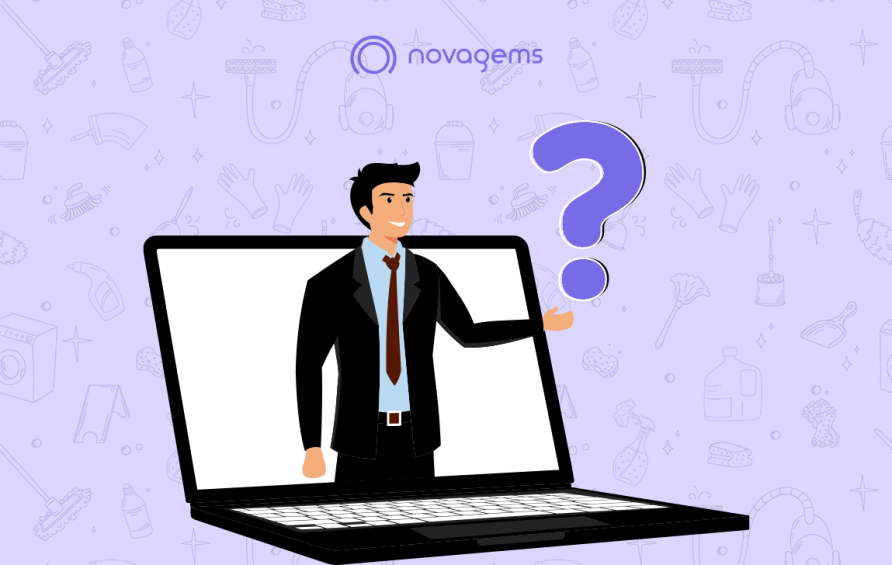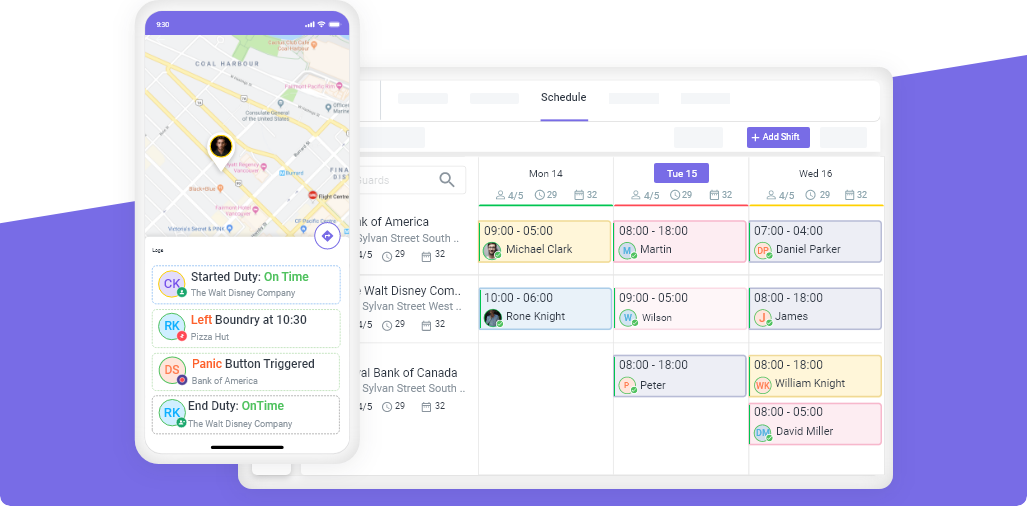Exploring the Different Types of Workforce Management: A Comprehensive Guide
Wed, May 31, 2023
Read in 4 minutes
Discover the various types of workforce management in this comprehensive guide. Learn about effective strategies, tools, and techniques for optimizing your workforce. Gain insights into workforce planning, scheduling, performance management, and more. Explore the key aspects of workforce management to maximize productivity and efficiency.

Since the time’s are changing rapidly we need to upgrade ourselves continuously if we want to stay competitive and ahead of the game. Employee turnover has become one of the biggest challenges employers have to face nowadays. With the companies adapting remote work, there has been an uprise in changing scenarios of management systems.
Workforce management is a critical function that helps organizations optimize their human resources to meet operational goals and maximize productivity. It involves various processes, strategies, and tools aimed at efficiently managing employees throughout their employment lifecycle. In this blog, we will delve into the different types of workforce management and how they contribute to organizational success.
At the very basic, workforce management solutions need to make our lives easier with strategic planning and allocating the resources smartly.
-
Workforce Planning
Workforce planning is the foundation of effective workforce management. It involves analyzing current and future workforce requirements based on business goals and objectives. This type of management involves forecasting future staffing needs, identifying skill gaps, and developing strategies to ensure the organization has the right people with the right skills at the right time.
-
Recruitment and Selection
Recruitment and selection are crucial aspects of workforce management. This type focuses on attracting and hiring qualified candidates who align with the organization’s values, culture, and job requirements. It includes activities such as creating job descriptions, sourcing candidates, conducting interviews, and evaluating candidates to make informed hiring decisions.
-
Onboarding and Orientation
Once new employees are hired, the onboarding and orientation process comes into play. This type of management ensures that new hires smoothly transition into their roles and become productive members of the organization. It involves providing necessary training, introducing them to company policies, culture, and values, and facilitating the assimilation process.
-
Training and Development
Continuous learning and development are vital for employee growth and organizational success. Training and development workforce management focuses on providing employees with the knowledge, skills, and competencies needed to excel in their roles. This can include both formal training programs and informal learning opportunities to enhance job-specific skills, leadership abilities, and overall professional development.
-
Performance Management
Performance management is a comprehensive process that involves setting performance expectations, providing regular feedback, and evaluating employee performance. This type of management helps align individual goals with organizational objectives, identify areas for improvement, and recognize and reward high performance. It often includes performance appraisals, goal setting, performance feedback, and development planning.
-
Employee Engagement and Retention
Engaged and satisfied employees contribute significantly to an organization’s success. Employee engagement and retention workforce management focuses on creating a positive work environment, fostering strong relationships, and implementing initiatives to motivate and retain talented employees. This can include offering competitive compensation and benefits, promoting work-life balance, providing opportunities for growth and advancement, and recognizing employee achievements.
-
Workforce Analytics and Reporting
Workforce analytics involves leveraging data to gain insights into various workforce management aspects. This type of management uses key performance indicators (KPIs), metrics, and analytics to monitor workforce trends, identify areas of improvement, and make data-driven decisions. It includes analyzing data related to workforce productivity, employee turnover, training effectiveness, and other relevant metrics.
-
Succession Planning
Succession planning is crucial for ensuring the long-term success of an organization. This type of management focuses on identifying and developing high-potential employees to fill key leadership positions in the future. It involves assessing current talent, identifying critical roles, and implementing strategies to groom and prepare employees for future leadership responsibilities.
Wrapping Up
An efficient workforce will not only keep your employees happy but will also meet the needs of your business. There are many things to look for while choosing the workforce management software. The best workforce management software is the one that will meet your needs in your budget. If you have cracked this code, then you will notice a visible change in your operations. There are many cloud based software solutions available online to choose from. Novagems is one of the most liked because of its various features and user-friendly interface. We have clubbed many top workforce management software you can choose from as well and we have shortlisted some of them for your consideration.
Get a Free Trial
Sign up For Newsletter
Latest Blog Posts
Get Started
Start being productive & grow your business
with Novagems




